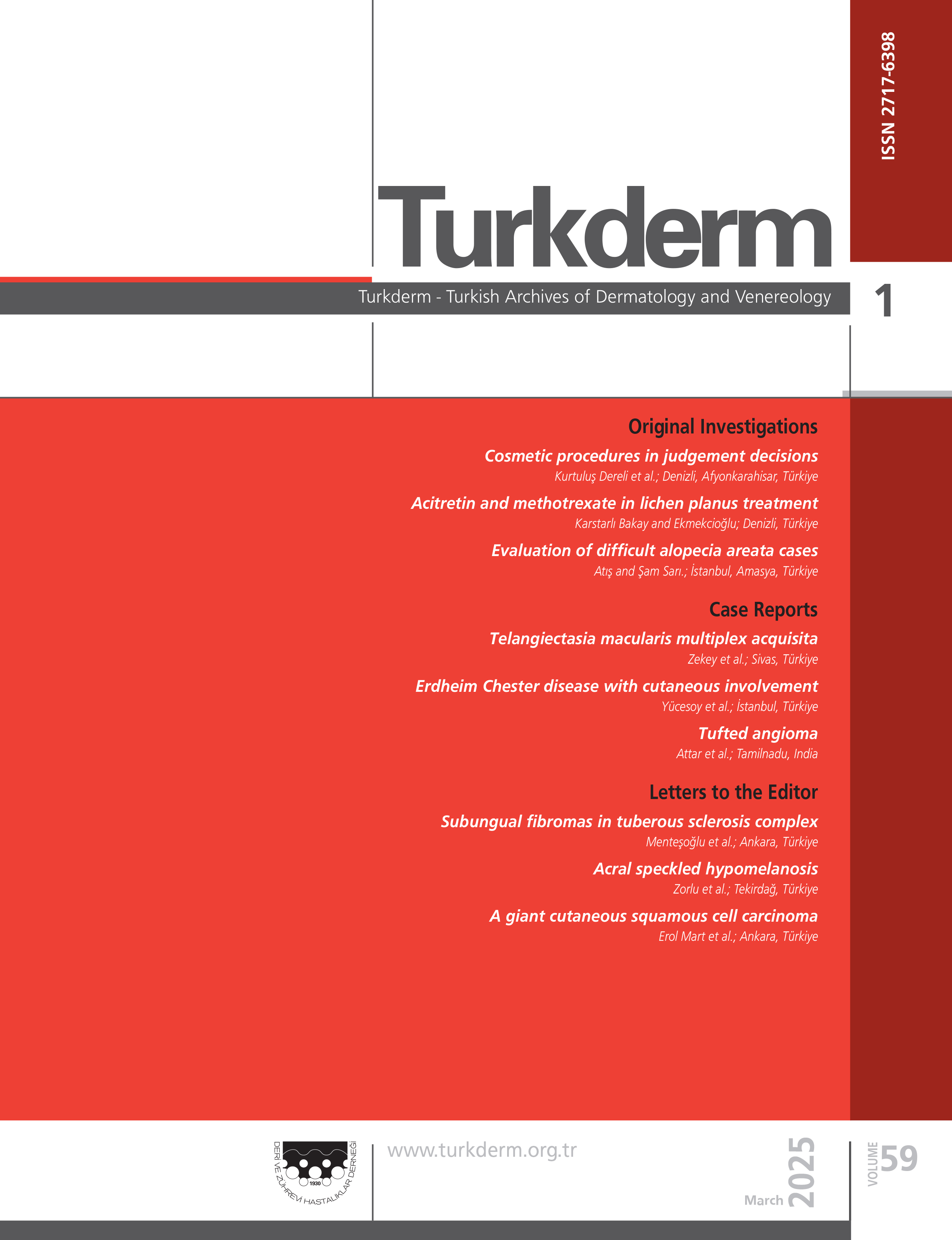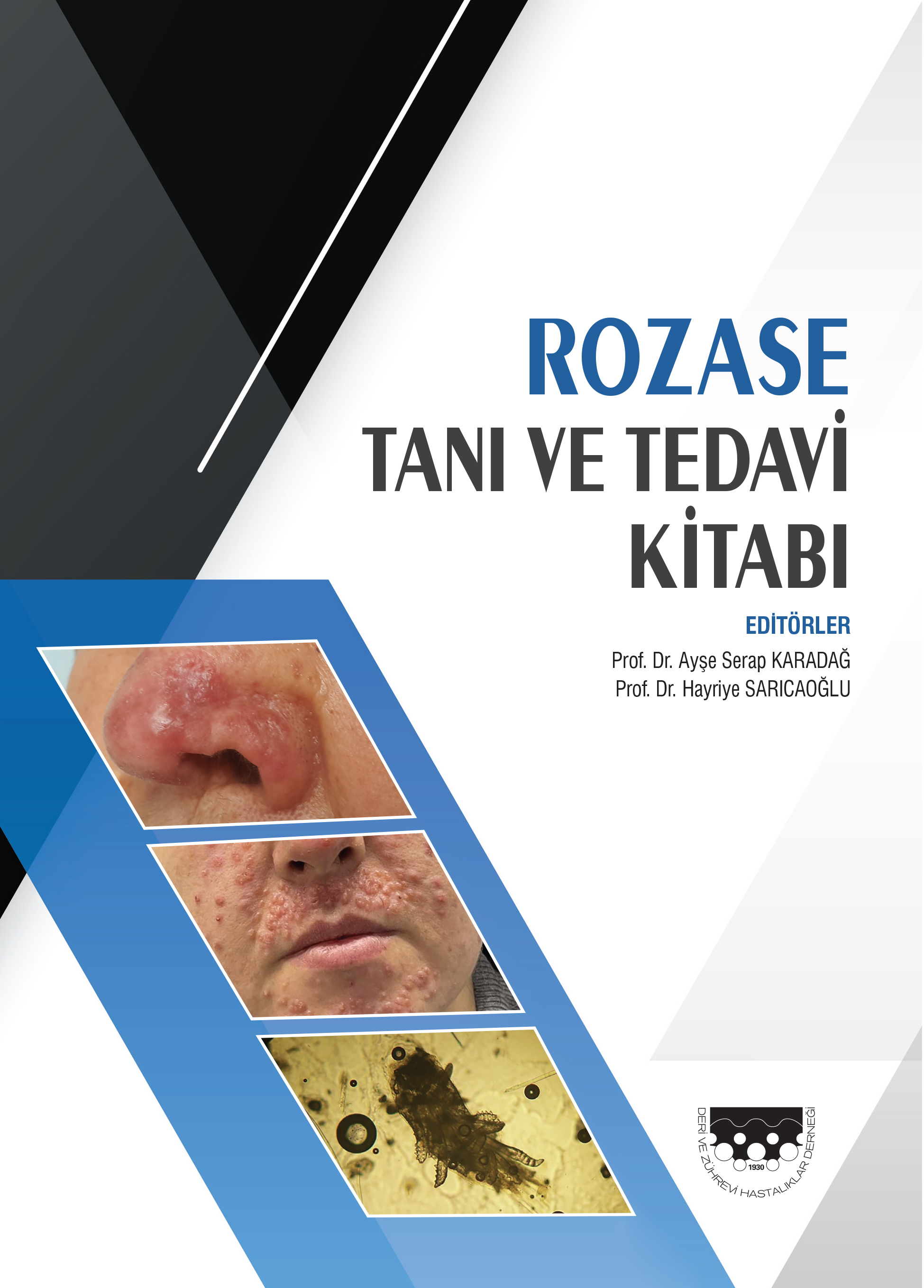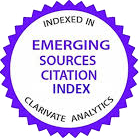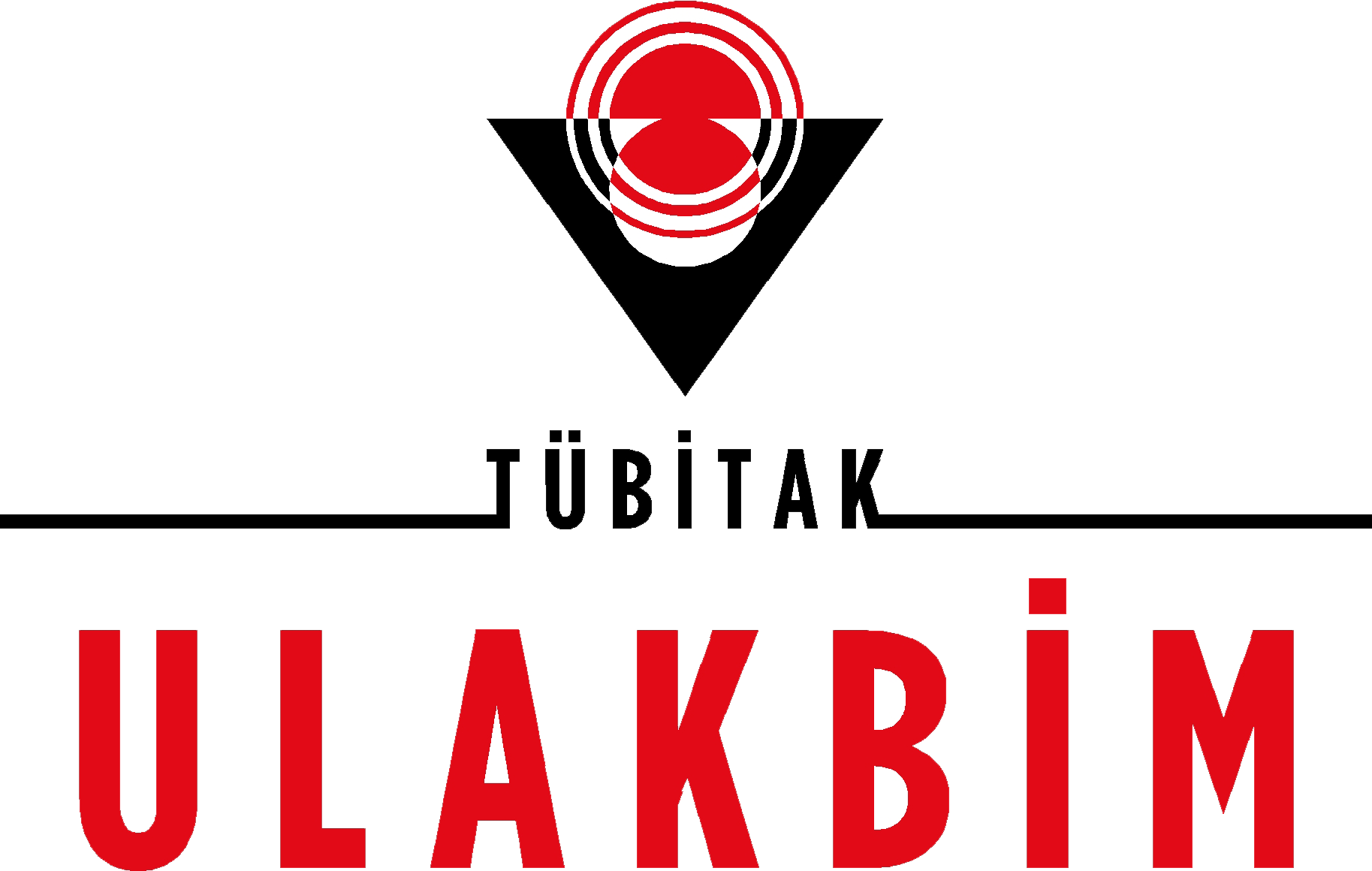Volume: 42 Issue: 4 - 2008
| EDITORIAL | |
| 1. | Turkish Board of Dermatology and Venereology: A Survey to Identify Core Curriculum in Dermatology and Venereology Residency Training Program Oya Gürbüz Pages 103 - 107 Abstract | |
| REVIEW ARTICLE | |
| 2. | HPV and Herpes Zoster Vaccines Bilal Doğan, Özlem Karabudak Pages 108 - 112 Genital warts and Herpes Zoster are relatively frequent encountered diseases in dermatology practice. Cervical cancers are also caused by some spesific types of human papillomaviruses. The purpose of this review is to give some knowledges about the vaccines which were developed for these diseases. |
| ORIGINAL INVESTIGATION | |
| 3. | Etiologic Factors In Erythema Nodosum Esra Adışen, Ümmühan Şeker, Mehmet Ali Gürer Pages 113 - 117 BACKGROUND: Erythema nodosum (EN) is the most common type of inflammatory nodules. Etiologic factors that lead to EN show a wide spectrum including drugs, infections, malignant and inflammatory diseases. The aim of our study was to investigate frequency of etiologic factors, clinical and laboratory findings of EN patients treated in our clinic, and to identify whether these findings were predictive for a specific etiology in these patients or not. MATERIALS-METHODS: A total of 72 patients diagnosed with EN in our clinic during the period 2003-2007 were included. RESULTS: Patients were divided into two groups with regard to their etiologies. Group I was consisting of 30 cases(41.6%) in whom no underlying disease or precipitating factor were found and Group II was consisting of 42 cases(58.4%) in whom an etiologic factor was identified. Infections(n=24) were the most common identified etiologic factors followed by Behcet's disease(BD), drugs, pregnancy, and sarcoidosis. Statistical analysis revealed no difference according to age and sex characteristics, localization of disease, and the presence of fever and arthralgia as accompanying findings between the groups(p>0.05). The duration of disease was longer in Group II and patients in Group II were found to have more frequently >1 attack of EN, culture positivity and elevated ASO level when compared with that of Group I(p<0.05). However, a statistically significant difference was not found between the two groups regarding presence of leukocytosis, anemia, elevated CRP level and accelerated ESR (p>0.05). CONCLUSION: Infections, BD and drugs were the most frequently detected etiologic factors in our study. Our results revealed that the localization of lesions and laboratory findings like elevated ESR and CRP, leukocytosis, and anemia were not predictors of secondary EN, and that a further search for an underlying disease is necessary in patients having relapsing EN with a long disease duration. |
| 4. | Effects of High Dose and Long Term Montelukast Treatment On Skin: An Experimental Rat Study Kaan Gideroğlu, Mualla Polat, Tülin Fırat, Aysel Kükner Pages 118 - 121 Summary AIM: The aim of this study was to assess the effects of long term, high dose montelukast administration on normal rat skin by histological examination. MATERIALS-METHODS: Sixteen rats were randomly divided into 2 groups the control and the montelukast treated (study) group (n=8). In the control group 0.2ml of 0.9% NaCl was administered intraperitonealy (i.p.) daily for 6 weeks. In the study group the same amount of solution containing 1 mg/kg montelukast was administered i.p. daily for six weeks. At the end of the 6 weeks skin biopsies were taken and histologically examined. RESULTS: There was no significant difference between two groups regarding the dermal and epidermal thickness. Histologic examination of collagen fiber structure did not show difference between two groups. Toluidin blue stained specimens showed that the number of mast cells in dermis significantly decreased in montelukast treated group (p=0.001). CONCLUSION: Montelukast treatment has significantly decreased the number of mast cells in dermis without any effect on the dermal or epidermal thickness and collagen fiber structure. We think that with the support of further studies, high dose montelukast may have an effective role on the treatment of inflammatory skin disease. |
| 5. | Clinical Features, Presence of Human Herpesvirus-8 and Treatment Results in Classic Kaposi Sarcoma Özlem Su, Nahide Onsun, Hande Arda, Ömer Ümmetoğlu, Ayşe Pekdemir Pages 122 - 126 Background and Design: Classic Kaposi sarcoma (KS) occurs predominantly among the elderly, with Jews, Italians and Greeks. Classic KS has been seen relatively frequently in Turkey. Our aim was to evaluate the demographic, clinical features of Kaposi sarcoma and etiopathological role of human herpesvirus-8 (HHV-8). Treatment results of 18 classic Kaposis sarcoma were also concluded. Patient and METHODS: Eighteen cases of classic Kaposi sarcoma diagnosed as clinically and histopathologically between January 2001 and August 2008 in our dermatology department were taken to this study. Demographic, clinical features and treatment results were reviewed retrospectively in all patients. HHV-8 was investigated in the lesional skin of 7 patients. RESULTS: A male/female ratio of 2/1 was found. Mean age at diagnosis was 67.2 (37-94) years. Bilaterally lower extremities were involved in 15 patients (83.3%), the trunk was involved in 3 patients (16.6%). Plaques and nodules were the common type of lesions (66.6% and 55.5%). Nine patients had no symptoms (50%). Edema was the most common symptom (38.8%). A second primary malignancy was found in 2 patients (11.1%). HHV-8 was detected in 6 of the 7 patients(85.7%). Majority of the patients were treated with interferon alfa (subcutaneously) and cryotherapy as a monotherapy or a combination therapy. Imiquimod was the second agent in combined treatment (27.7%). CONCLUSION: We suggest that interferon alfa and imiquimod can be used as first line therapy agents with their antiviral and immunmodulatuar features in the treatment of KKS. |
| 6. | Dermatology Life Quality Index scores in lichen planus: Comparison of psoriasis and healthy controls Didem Didar Balcı, Tacettin İnandı Pages 127 - 130 Summary Background and Design: Skin diseases affect physical and social activities and psychological status. The aim of this study was to investigate the Dermatology Life Quality Index (DLQI) scores in patients with lichen planus and compared with that in psoriasis patients and healthy controls. MATERIAL-METHOD: Thirty consecutive patients with lichen planus, 30 with psoriasis vulgaris attending our dermatology outpatient clinic and 30 sex- and age-matched healthy controls completed the DLQI. RESULTS: Total DLQI scores of patients with lichen planus (9.60±7.32) and psoriasis (9.50±6.10) were comparable (p>0.05) and significantly higher than that of healthy controls (0.67±0.80) (p<0.001). No significant difference were detected between the subscale scores in patients with lichen planus and psoriasis (p>0.05). Lichen planus patients with oral involvement demonstrated higher mean DLQI score than that of lichen planus patients without oral involvement (13.27±8.05 vs. 7.47±6.11, p=0.034). CONCLUSION: The quality of life (QoL) of patients with lichen planus is impaired as much as that of psoriasis. The DLQI questionnaire is a reliable and valid instrument for assessing the QoL in patients with lichen planus. |
| CASE REPORT | |
| 7. | Penile Kaposi's Sarcoma in an HIV- negative male patient Ekrem Aktaş, Ebru Güler, Serap Utaş, Kemal Deniz, Okan Orhan, Oğuz G. Yıldız Pages 131 - 133 SUMMARY Classic KS is usually present with asymptomatic brownish-red to purple or blue-coloured patches, plaques or nodular lesions most frequently located on the lower extremities, especially the ankles and soles. Penile Kaposis sarcoma is very rare and usually observed in AIDS patients. Herein we present an HIV-negative 66-year-old man who presented with a reddish, violaceous papule 0,3 cm in diameter on the glans penis and multipl violaceous papules on the palmar and dorsal side of the left hand, whose histopathological examination revealed KS. A diagnosis of Kaposis sarcoma was made after clinicopathological evaluation. The cure was obtained with interferon alfa-2b and radiotherapy. |
| 8. | Ichthyosis vulgaris coexisted with acrokeratosis verruciformis: a case report Gamze Serarslan, Didem Didar Balcı, Esin Atik Pages 134 - 136 Ichthyosis vulgaris is an autosomal dominant inherited, keratinization disorder and characterized by diffuse scaling. Acrokeratosis verruciformis is also an autosomal dominant, rare keratinization disorder and characterized by warty, brownish to skin colored papules on the dorsa of the hands and feet. We present a case of ichthyosis vulgaris coexisted with acrokeratosis verruciformis in a 24-year-old woman. |
| 9. | A Case of Familial Lichen Amyloidosis Şeniz Ergin, Neşe Demirkan, Nida Kaçar, Berna Şanlı Erdoğan, Hatice Akman Pages 137 - 139 Familial lichen amyloidosis which is also referred to familial primary cutaneous amyloidosis is a rare clinical variant of cutaneous amyloidosis. Lichen amyloidosis is characterized by persistent, pruritic, small brown papules often located on anterior surfaces of legs which show tendency to form plaques. Amyloid deposits would be identified in papillary dermis in histopathological examination. In our clinic, a 42 year old woman with a widespread involvement describing that similar skin findings were present in her both daughters, elder brother and her nephew was evaluated with suspicion of lichen amyloidosis. In histopathological examination of the involved skin, because of determining amyloid deposits in papillary dermis the case was cited as lichen amyloidosis. Our case was searched for the accompanying diseases such as atopic dermatitis, chronic urticaria, lichen planus, multiple endocrine neoplasia and Kimura disease. The family story of our patient was consistent with autosomal dominant inheritance. Familial lichen amyloidosis has been reported as cases with autosomal dominant inheritance from Russia, Germany, United Kingdom and South America. The genetic researches over familial lichen amylodiosis are limited to the cases with multiple endocrine neoplasia. In this rarely reported cases, further genetical researches are necessary in order to determine the responsible gen locus. |
| WHAT IS YOUR DIAGNOSIS? | |
| 10. | Disseminated Papules and Nodules Consequent to Erythroderma Dilek Bıyık Özkaya Pages 140 - 141 Abstract | |
| TURKDERM-6637 | |
| 11. | 28.11.2008 tarihinde gerçekleştirilen XIV. Tıpta Uzmanlık Eğitim Kurultayı ile ilgili izlenimler Emel GüngörPage 142 Abstract | |
| NEW PUBLICATIONS | |
| 12. | Differential Diagnosis in Dermatology Page 143 Abstract | |
| TURKDERM-6637 | |
| 13. | 2008 Referee Index Page 144 Abstract | |
| 14. | 2008 Author Index Page 145 Abstract | |
| 15. | 2008 Subject Index Pages 146 - 147 Abstract | |
| 16. | Kongre Takvimi Page 148 Abstract | |























